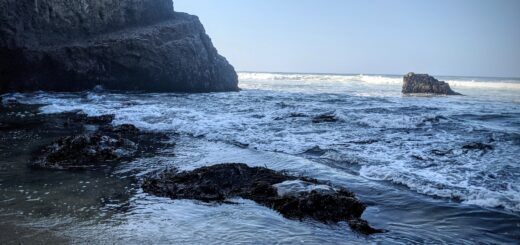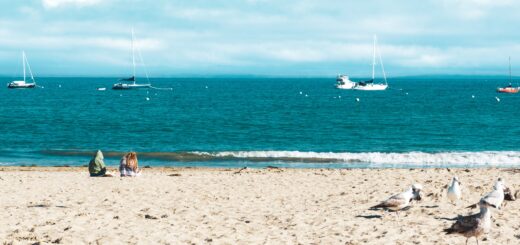What 6 Experts Say About the Benefits of Teaching Outside
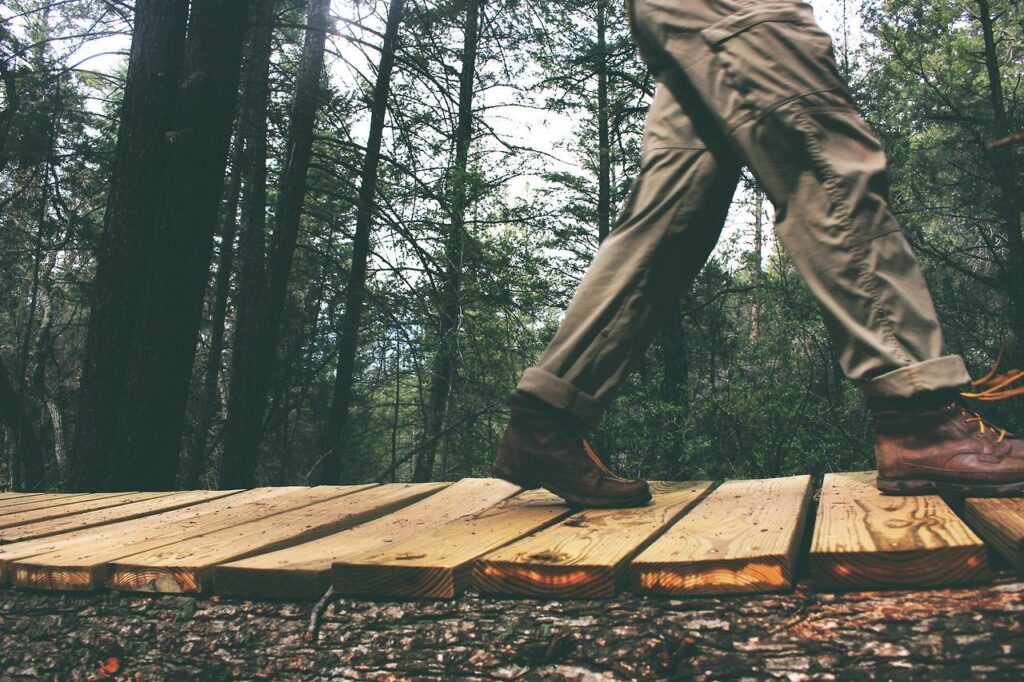
“…one transcendent experience in nature is worth a thousand nature facts…” claims author and retired education professor David Sobel. I would have to agree. In an earlier post, I described the impact of early childhood and college outdoor experiences on my life and teaching career.
We often say “Go outside!” or “Get some fresh air, you’ll feel better!” As an educator, I often tell my students to take their books or computers outside while studying….“A different view will help you study.” I even use the rational with my boss that going on field trips helps students learn.
But is there any evidence that these things are true?!
Is Nature Good For You?
In the last few decades, there have been many studies that delve into the benefits of nature and the outdoors on our lives. One study from 2013 found workplace greenspaces are beneficial to worker stress and positive workplace attitude.
Recently, Kathryn Schertz and Marc Berman of the University of Chicago’s Department of Psychology wrote about nature and cognitive abilities. They found that being exposed to nature improves cognitive performance. It also increases memory. You can read the paper here for free.
Heather Ohly and peers reviewed 31 studies that investigated if nature is helpful to attention. When we have to focus on a task that takes effort, psychologists call it directed attention. We can only do this for so long. Have you ever found yourself unable to focus after working or studying for a long period? That’s called attention fatigue. And Ohly found that being exposed to nature has the potential to relieve some of our attention fatigue!
Even later in life, spending time in nature is good for you. In recent years, there have been numerous studies that explore the impacts of green and blue—related to water—spaces on older adults.
According to Jessica Finlay and colleagues, older adults (aged 65+) in Vancouver, Canada reported better physical, mental, and social health when regularly spending time in green and blue spaces.
Similarly, Matthew Dennis and his co-authors used data about people in Manchester, England to see if the outdoor spaces had any impact on health. They found that lower income, older adults were healthier in areas with public greenspaces, like parks.
Campus Green Spaces
College campuses are often set up like mini cities. They have living, working, and eating spaces. There’s usually a gym. Maybe a theater or other recreation options. Students—and staff—spend quite a lot of time on campus.
So it makes sense that having green spaces on college campuses might also be beneficial. It may not be the Grand Canyon or Yellowstone, but even small bits of nature can impact campus communities.
Undergraduate students at a Texas university who used campus green spaces reported a higher quality of life. And a 2019 study found that college students who utilize green spaces have better overall moods and less stress.
At the University of Bon in Germany, a study found that outdoor spaces were related to student well-being. Students that used the campus’ green and blue spaces reported feelings of happiness, less stress, and social belonging. Remember attention fatigue? The German students also reported they felt less attention fatigue after spending time around the campus’ outdoor spaces.
And the overall increases in student well-being may help students do better in their classes!
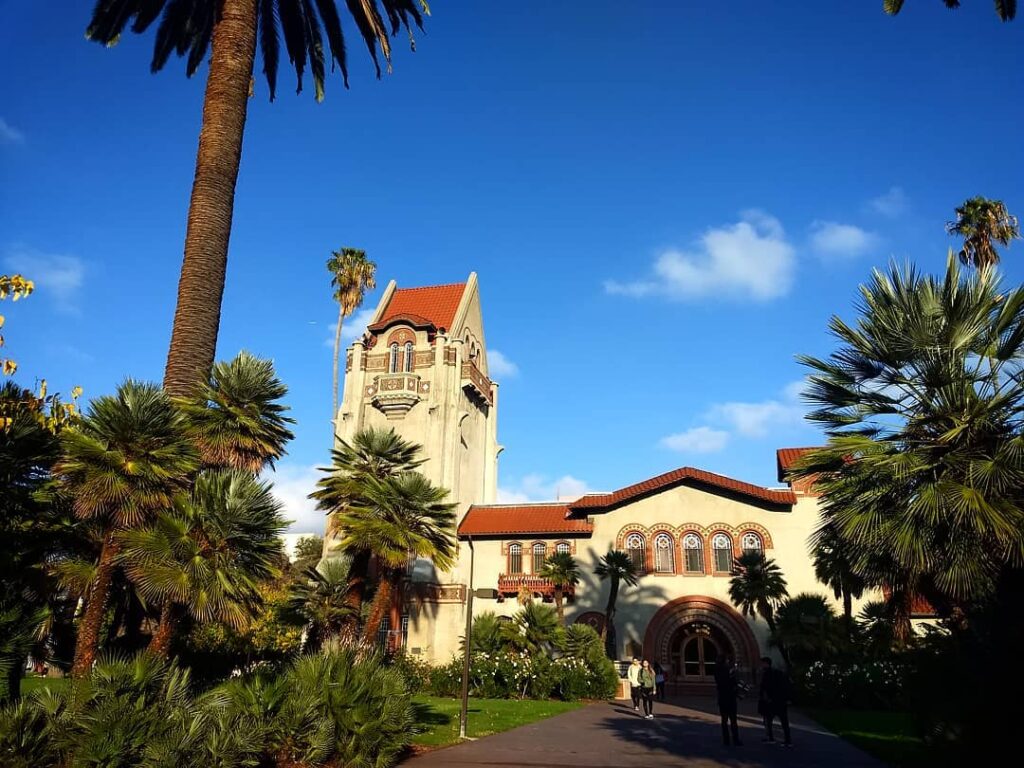
Field Trips
Do you remember the names of your elementary school teachers? Maybe, maybe not. Do you remember a field trip from elementary school? I bet you remember at least one!
Field trips tend to be memorable experiences at any age. For college students, they’re great for teaching course information or developing skills. And field trips are one way to expose students to nature and the outdoors.
The value of field trips for K-12 students has been studied quite a lot. However, it’s only been studied in college students more recently. But most researchers agree: field trips are valuable for both STEM and non-STEM majors.
These benefits include:
- real world connections to course topics
- examples or applications of what they are learning in the classroom
- develop connections to places, politics, and/or society
- creates a personal connection to nature
- learn or practice skills such as observation, how to use scientific tools, how to “do” science
- increases critical thinking and problem-solving skills
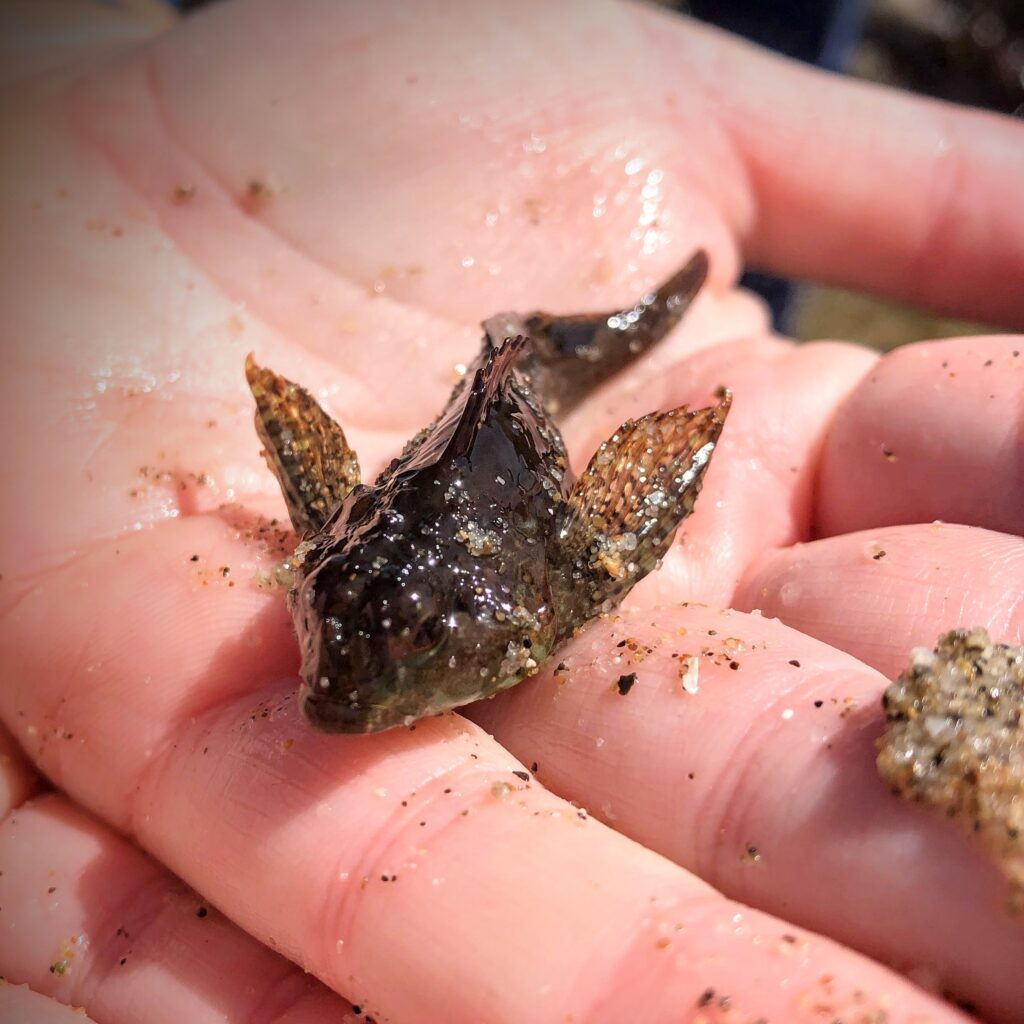
In one example, fifty pre-service teachers completed a course about field trips. They each planned and led their peers on one field trip. Students were interviewed after the course. They reported feeling more confident in their ability to use field trips in their future careers. They said that having someone teach them how to lead a field trip—and then practice doing it—was valuable.
Another example project surveyed over 2,000 undergraduate students from 17 liberal arts universities. Students answered questions about the types of classes, projects, and learning experiences they had taken. They also answered questions related to the education goals of their universities. The results showed that “active and collaborative” learning experiences were important to student success. Research experiences were also beneficial.
Field Classes
How is a field course different than a class that includes field trips? The main differences are the number and type of trips. Typical college lecture classes may include one or two field trips to supplement class instruction. Field courses, on the other hand, include multiple field trips. These are usually the foundation of the course.
For example, I teach a class that has 8-10 weeks of field trips in a 15-week semester. A new field course that I’m developing will have 3-4 weeks of class field trips and 3-4 weeks of independent student field trips. Some universities have courses that meet every week in off campus locations.
There are even options at some schools to spend an entire semester or quarter in the field! UC Santa Cruz has two of these types of classes. One example is the Natural History Field Quarter course. Students spend the quarter camping and learning on university affiliated lands.
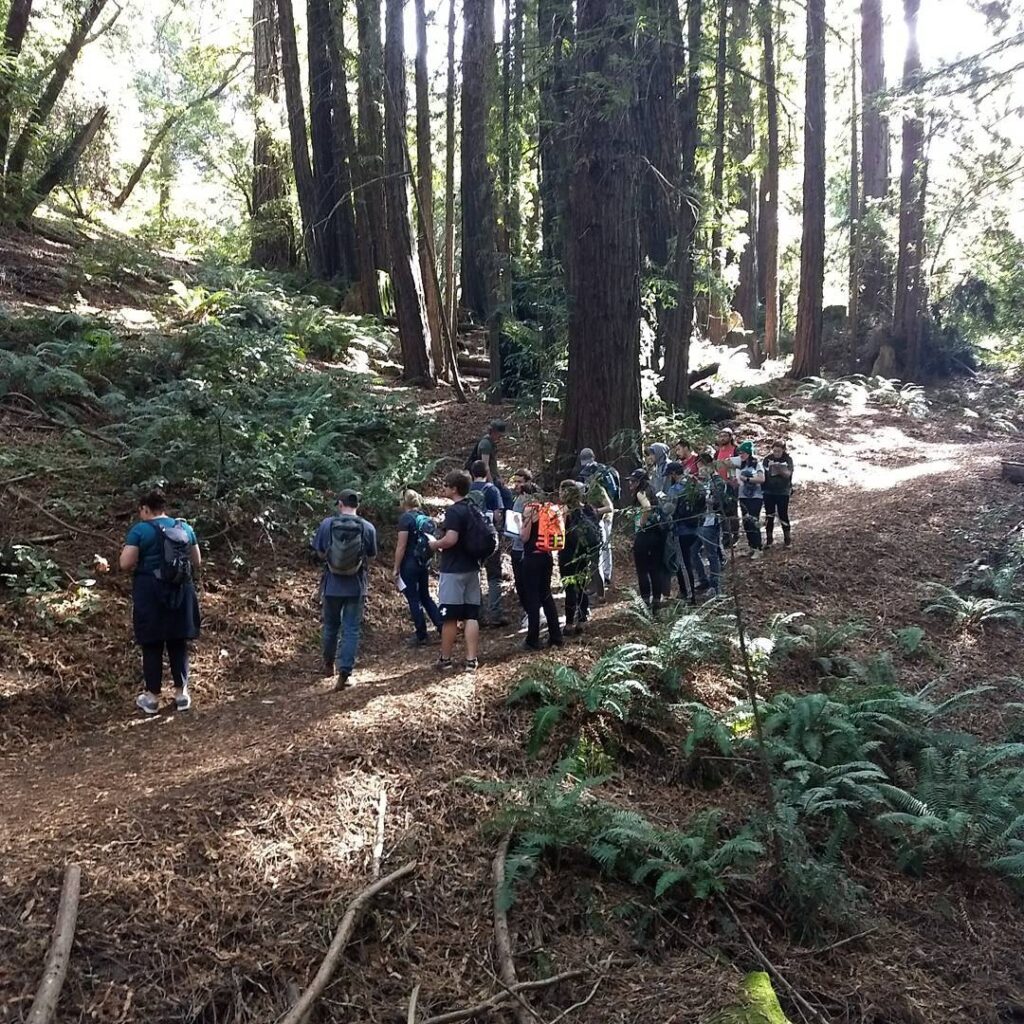
Besides sounding like awesome classes (I might be biased…they are!), there are real educational values to field classes.
Roxanne Beltran wanted to investigate the impact of field classes on students in the Ecology and Evolutionary Biology program at UC Santa Cruz. They found that taking just one field class narrowed achievement gaps, and increased graduation rates, for underrepresented groups.
Beltran also wanted to know if different types of field classes had similar benefits for students. They compared student knowledge and skills between three classes. One, a traditional lecture class. Two, a lower division field class. And three, an upper division “immersive” class such as the Field Quarter mentioned above.
Both types of field courses increased student skills and knowledge over the traditional lecture class. Students that took the immersive course did the best overall, but the lower division course still provided important learning over the lecture course.
My Experience
I haven’t conducted a formal study. That’s actually on my to-do list. But I’m confident that many of my students benefit from non-classroom experiences.
Here’s a quote that a student wrote on my teaching evaluation: “I felt empowered to do research in the field. This class showed me that I can propose a research question, make a hypothesis, go collect my own data, and do tests on it. Science seemed too complicated or unreachable, like it is only for professionals. And this class showed that is not the case.”
The class is a lot of work: students have lectures, statistical labs, and a research project that they design and complete. But I must be doing something right….students rarely leave remarks this good!
I keep in touch with many former students. We mostly stay connected through social media, sharing photos and current happenings in our lives. Occasionally I’ll meet some of them for coffee or drinks.
Almost every one of these former students took a field class with me. The small class size and the shared experience of exploring nature seems to create a stronger connection. I’m also not afraid to make a fool out of myself, which I think they appreciate.
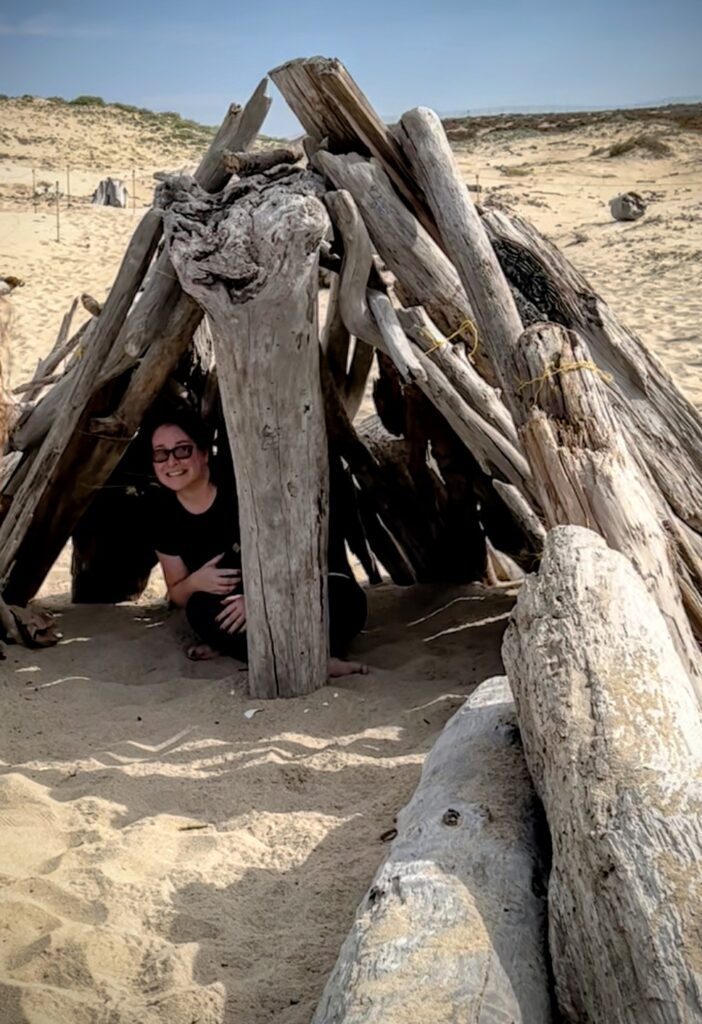
The photograph above is a good example. We found this driftwood shelter at Marina Dunes State Beach on our first field trip of the semester. They had just heard me say “I will never ask you to do something that I won’t do first.” They insisted I test it out in case there were zombies. No joke. They were a fun bunch.
Perhaps I’ll write a future post about some of what my students call “Rachel’s shenanigans”….
Is It All Good?
I’ve written very positively here about field trips, field classes, and taking students out of the classroom. But the truth is there are challenges. Sometime many challenges. For me. For my students.
In my next post, I’ll be sharing some of these challenges, and how we as educators can still “take the classroom outside!”
Want More Info?
Here are a few suggestions for more in-depth reading:
- “How Field Courses Propel Inclusion and Collective Excellence” by Zavaleta et al is available as a PDF here.
- “Teaching Biology in the Field” by Fleischner et al. is available for free here.
- “Field Trips in College Biology and Ecology Courses: Revisiting Benefits and Drawbacks” by Simon Lei can be found here.
- “Outdoor education at universities can be a positive legacy of COVID-19” by Jean-Philippe Ayotte-Beaudet can be read on The Conversation

